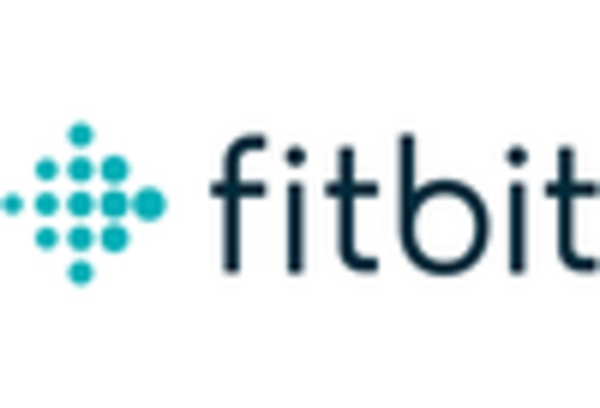Market Share
Wearable Technology Components Market Share Analysis
In the ever-evolving landscape of the Wearable Technology Components Market, companies deploy diverse strategies to secure market share and establish themselves as leaders in this dynamic industry. One foundational strategy involves continuous innovation in wearable technology components. Companies invest significantly in research and development to create components with improved functionality, reduced size, enhanced power efficiency, and compatibility with various wearable devices. By offering cutting-edge solutions, these companies attract manufacturers seeking state-of-the-art components, positioning themselves as innovators in a market driven by the demand for compact, efficient, and feature-rich wearable technology.
Cost leadership is another pivotal strategy within the Wearable Technology Components Market. Companies strive to provide cost-effective solutions by optimizing manufacturing processes, sourcing materials efficiently, and improving overall operational efficiency. Offering wearable technology components at competitive prices without compromising on quality appeals to a broad spectrum of wearable device manufacturers, particularly in the consumer electronics sector where cost efficiency is a crucial factor. Strategic partnerships with suppliers and distributors contribute to maintaining a streamlined supply chain, enhancing the overall cost-effectiveness of wearable technology components.
Market segmentation plays a crucial role in effective market share positioning within the Wearable Technology Components Market. Companies identify specific wearable device categories or applications with unique component requirements, such as fitness trackers, smartwatches, or healthcare wearables. Tailoring their components to address the distinct needs of these segments allows companies to capture a significant market share within specific niches. For example, a company may focus on providing power-efficient sensors specifically designed for healthcare wearables, meeting the stringent requirements of continuous monitoring and extended battery life.
Strategic collaborations and partnerships are instrumental in enhancing market share within the Wearable Technology Components Market. Companies often form alliances with key players in related industries, such as wearable device manufacturers, semiconductor companies, or health tech firms. These collaborations facilitate the integration of wearable technology components into diverse devices and applications, ensuring compatibility and interoperability. Additionally, partnerships with research institutions or academic organizations contribute to the development of innovative component technologies, reinforcing a company's position as a leader in the market.
Effective marketing and brand positioning are critical components of market share strategies within the Wearable Technology Components Market. Companies invest in marketing efforts to showcase the benefits of their components, emphasizing factors such as efficiency, accuracy, and adaptability to different wearable device scenarios. Building a strong brand identity establishes trust and credibility, influencing wearable device manufacturers to choose specific components over competitors. Companies leverage digital marketing channels, participate in industry events, and engage with potential clients to reinforce their market presence and connect with a broader audience.
















Leave a Comment